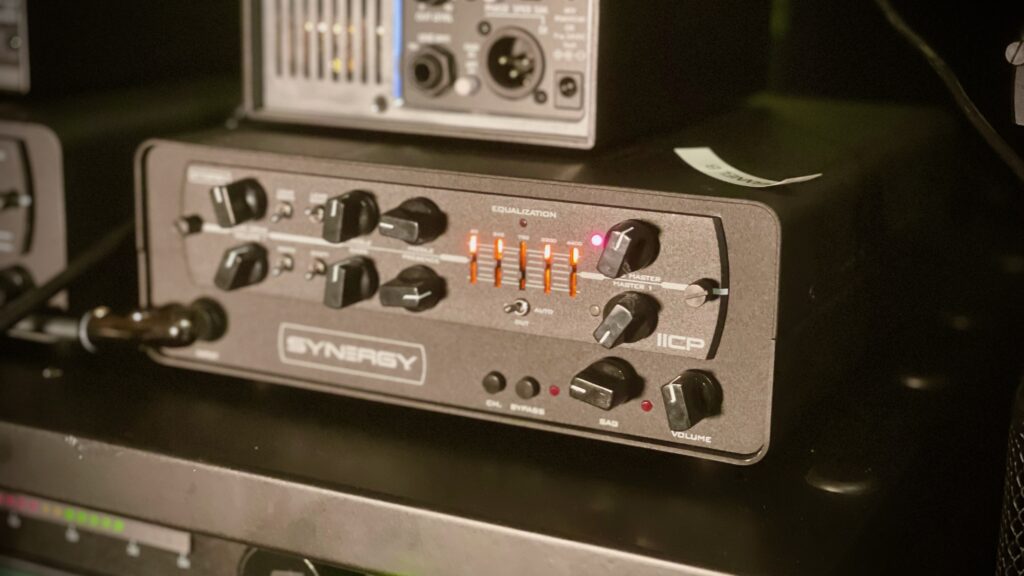This question crops up on guitar forums from time to time. I’ve been using IRs for home recording since 2014. They’re great for home recording, where it isn’t always practical to mic up a real cab. And there’s no reason why you can’t use the same setup to listen to your rig when practicing or just noodling at home too.
An IR is an Impulse Response. It’s an audio model of how a reference tone is affected by something. They’re commonly used to emulate what a guitar cab, speaker, microphone setup does to the audio signal from a guitar amp.
There’s several different ways you can run IRs:
- pedals, such as the Two Notes Le Cab
- outboard gear, such as the Two Notes Torpedo line
- plugin in your recording software on the computer
I run them on the computer. Just personal preference. I’m reluctant to spend that kind of money on outboard gear that has a limited shelf life. Even if the gear itself still works, at some point they’ll stop making new operating system drivers for the unit.
To get the guitar amp signal into the computer, you need a load box of some kind. The load box connects to the speaker out of your amp, and then runs into your audio interface as a line-level signal. Without a load box, you will blow the output transformers on your amp (if you’re lucky). You need a load box that matches your speaker out – 4 ohms, 8 ohms or 16 ohms.
There’s quite a few load boxes on the market these days. ‘Reactive’ load boxes are considered the best type to get. Instead of a single load, they vary the load, mimicing the way a real speaker fluctuates as you play. You can get standalone reactive load boxes like the Two Notes Captor, or outboard gear that’s both a load box and IR player all in one.
You can do other cool things with IRs too. I have a set of impulse responses that model different venues – for example, the sound of a theatre or (my favourite) a famous neolithic burial chamber. I use them in my mixes to add life and room ambience, without needing expensive outboard gear or CPU-intensive plugins.
Final thing to know about IRs is that they’re an audio snapshot. They capture what happened to a reference signal at that point in time. There’s nothing active or dynamic about them at all. You don’t edit an IR if you don’t like it – you switch to a different IR instead.
That’s why Universal Audio’s OX unit is getting so much interest, because it uses active software models rather than IRs. It should be indistinguishable from a real cab, speaker and mic – as long as you like the cabs, speakers and mics that they’ve chosen to model. IRs offer a lot more choice, at the expense of being static models.
You can purchase IRs direct from speaker manufacturers like Celestion (haven’t used them myself, heard rave things about them), or from third parties like Ownhammer or Redwirez. If you’re just starting out, and you’ve no experience micing up real amps with real microphones, I recommend buying a bundle like the Redwirez Big Box (not affiliated, just a happy customer). A bundle gives you a lot more options to explore, allowing you to experiment and figure out which cabs, mics, and mic positions you prefer.
If you’re looking for silent playing and/or recording at home, it’s hard to beat a good load box and a set of impulse responses for the money. You can get great tone, and keep the family and your neighbours happy, all at the same time.


